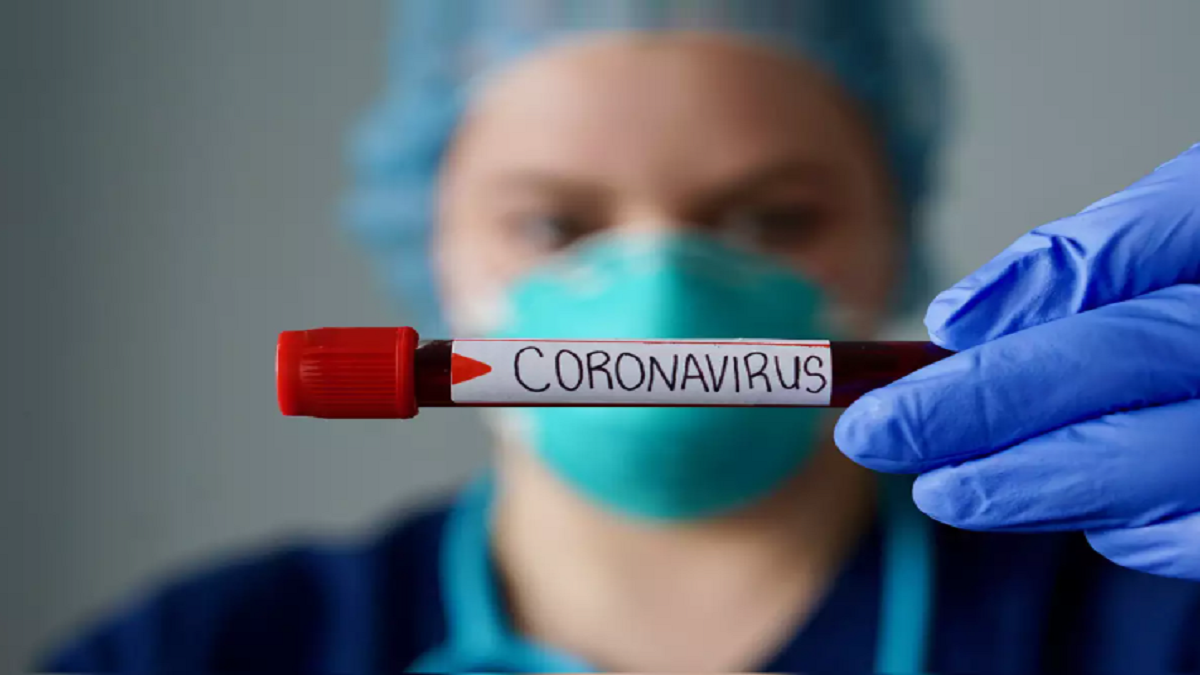The Severe Acute Respiratory Syndrome Coronavirus 2 (SARS-CoV-2) looks like a super mysterious virus throwing googlies even after six months of the pandemic. We as pulmonologists imagine lung fibrosis to happen in chronic phase (after weeks) of any pneumonia or Acute Respiratory Distress Syndrome (ARDS).
Some of the observations based on autopsies done in SARS-CoV-2:
1. A total of 159 patients with ARDS, fibrosis was noted in three (4%) of 82 patients with a disease duration of less than a week, 13 (24%) of 54 patients with a disease duration of between one to three weeks, and 14 (61%) of 23 patients with a disease duration of greater than three weeks.
2. The post-mortem also reveals vascular endothelial inflammation with intracellular SARS-CoV-2 virus and disrupted endothelial cell membranes. Electron microscopy showed that there is enhanced intussusceptive angiogenesis (the process whereby a new blood vessel is created) which intrudes the lumen (the cavity or channel within a blood vessel) and further leads to thrombosis (clot inside a blood vessel). This finding is not seen in other ARDS like influenza during acute stages.
3. There is evidence that vascular dysfunction (a disorder of the vascular system characterised by poor function of the blood vessels) is a key component of the switch from ARDS to fibrosis, with VEGF (Vascular Endothelial Growth Factor), Interleukin 6 (IL-6), Interleukin-1 (IL-1), Tumor necrosis factor (TNF) Alfa as main mediators.
4. It remains unclear why certain individuals can recover from it whereas in others there is a shift to unchecked cellular proliferation with the accumulation of fibroblasts and myofibroblasts and the excessive deposition of collagen alongside other components of the extracellular matrix to result in progressive pulmonary fibrosis.
Three tips to prevent fibrosis: a) any potential antifibrotic intervention should be considered within the first week of ARDS onset; b) drugs which inhibit IL-1 “Nintedanib” can play a beneficial role. The role of IL-6 inhibitors is still not clear and confusing. An experimental study showed that IL-6 in the early phase of lung injury promotes fibrosis and that inhibition in the later stages of injury at the onset of the fibrotic phase might ameliorate fibrosis; c) older the age and severe the disease (requiring ICU) leads to more chances of pulmonary fibrosis.
The writer is a pediatrician at Sir Ganga Ram Hospital in New Delhi.







